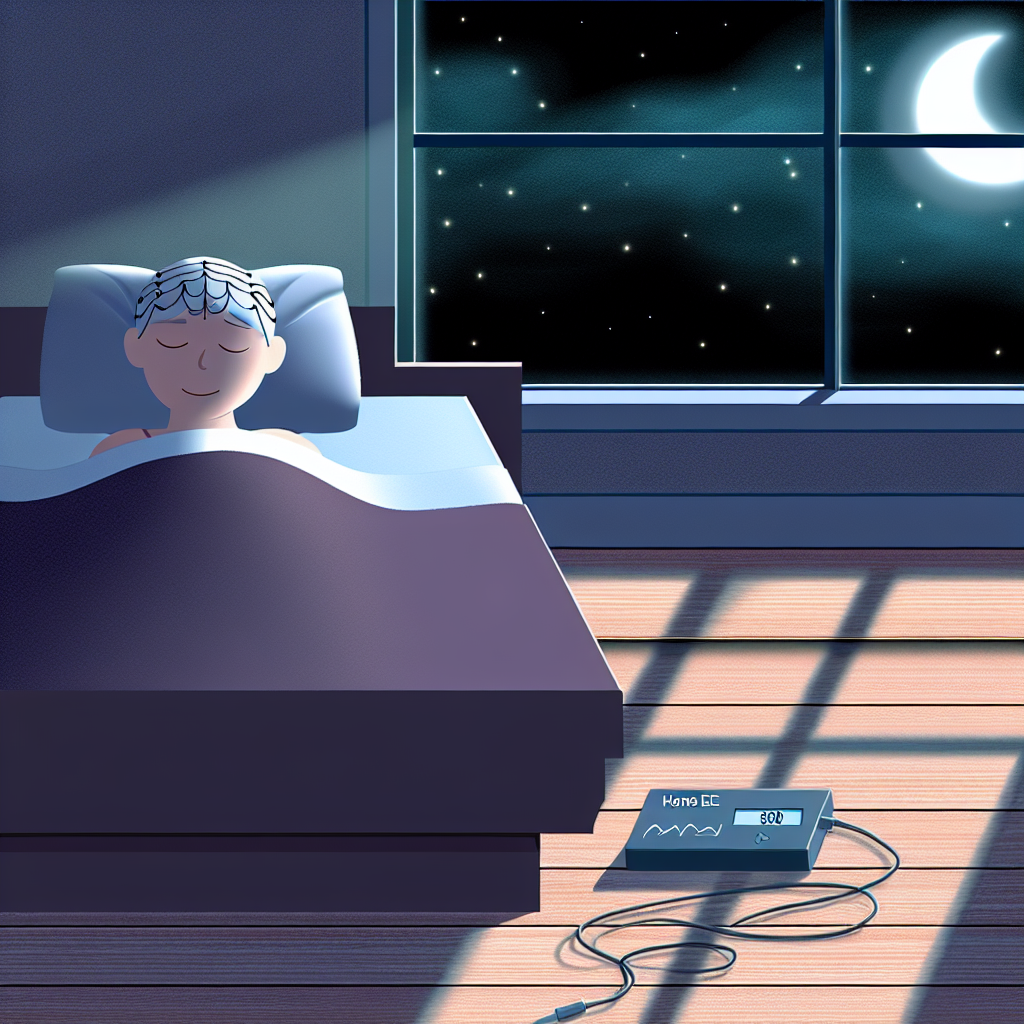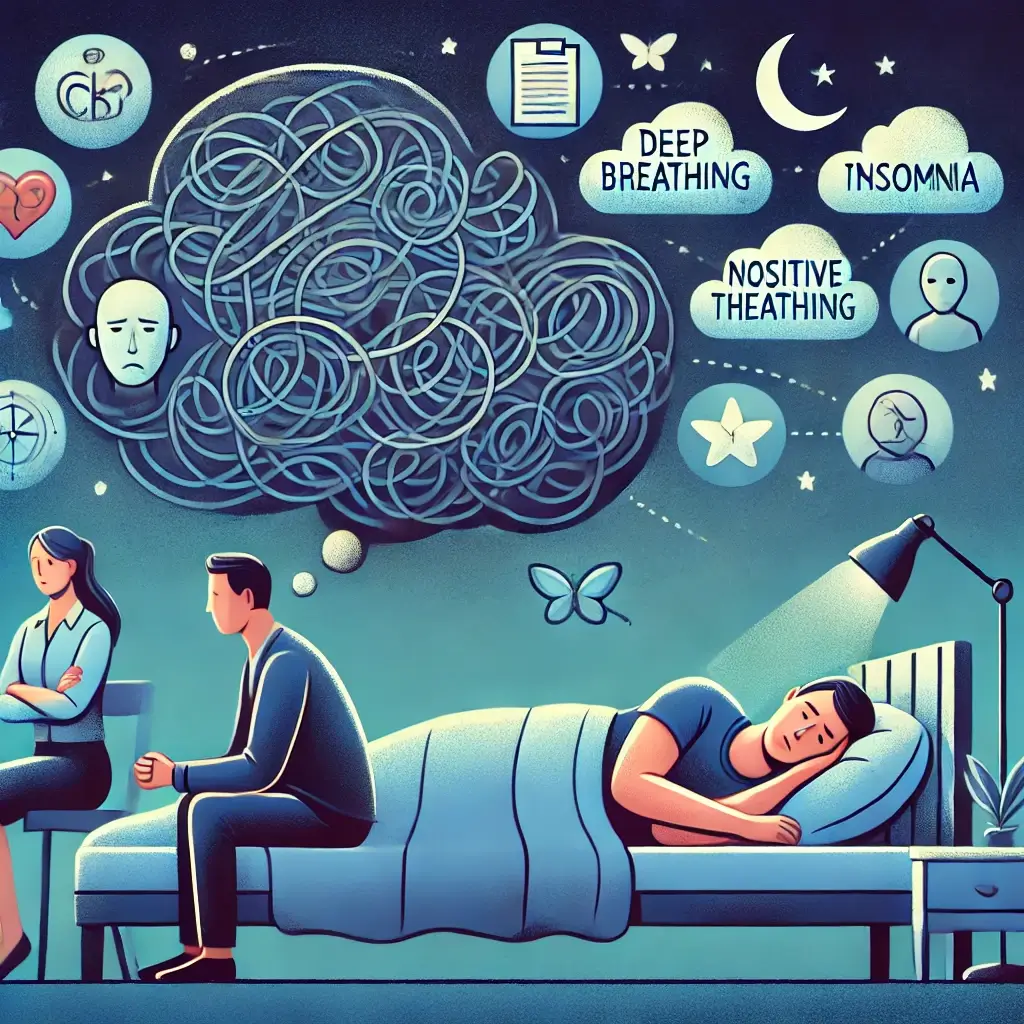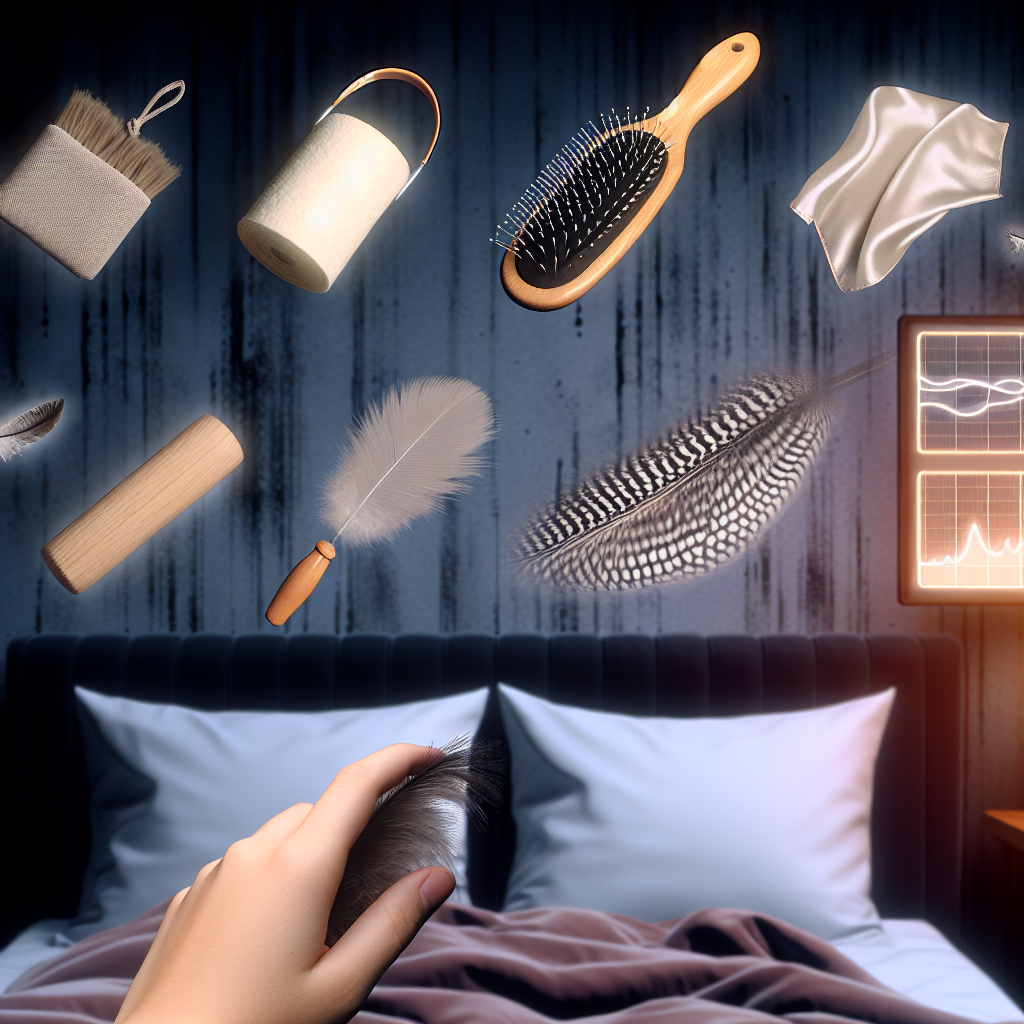Sleep Architecture Analysis: Home EEG Systems Under $500
Discover how affordable home EEG sleep trackers are redefining how we understand and improve sleep—from the comfort of your own bed.
Unlocking the Science of Sleep Architecture
Sleep is much more than simply rest and recovery—it is a complex, structured biological process that influences nearly every aspect of health. This structure, known as “sleep architecture,” refers to the cyclical pattern of sleep stages the brain moves through during a night of rest. These stages include non-rapid eye movement (NREM) sleep, divided into stages 1, 2, and 3, and rapid eye movement (REM) sleep. Healthy sleep architecture is essential for memory consolidation, emotional regulation, growth hormone production, immune function, and overall well-being.
The traditional method of analyzing sleep architecture has largely been limited to polysomnography, typically conducted at a sleep clinic. Polysomnography involves a comprehensive recording of brain waves, oxygen levels in the blood, heart rate, breathing, and eye and leg movements. While accurate, clinical sleep studies are often expensive, require overnight stays in unfamiliar environments, and are not practical for frequent or continuous use.
However, recent advancements in consumer technology, especially in the domain of electroencephalogram (EEG) devices, are revolutionizing how people monitor their own sleep at home. EEG devices utilize electrodes to detect the brain’s electrical activity, providing a real-time window into various stages of sleep. Home EEG systems designed for sleep tracking used to be high-cost, professional-level equipment. Today, several innovative options are available for under $500, making sleep analysis more accessible than ever.
Home EEG systems have become sophisticated tools that deliver valuable insights into sleep architecture without compromising privacy and comfort. They now combine medical-grade technology with user-friendly designs, often connecting via Bluetooth to mobile apps that help users interpret their sleep data. These systems are designed to provide insights that go well beyond what standard sleep trackers—those relying on motion sensing or optical heart rate sensors—can offer.
Whether you’re dealing with sleep disturbances, aiming to optimize athletic recovery, or just looking to improve overall sleep quality, understanding your sleep architecture can provide powerful direction. In this article, we’ll explore the science behind sleep architecture, evaluate the features and validity of affordable home EEG systems, and highlight the top options under $500 that make advanced sleep tracking possible for everyone.
Next-Gen Sleep Tracking: Features and Science Behind Home EEG Devices
When analyzing sleep architecture, data accuracy is essential. Brain wave activity provides the most definitive way to distinguish between the stages of sleep. EEG is the gold standard for measuring this activity because it captures electrical signals directly from the brain’s surface. Consumer-grade systems have made significant strides in recent years, achieving a level of precision that, while not identical to that of clinical-grade equipment, is remarkably close—especially for sleep stage classification.
One prominent study published in Sleep by the Sleep Research Society evaluated the effectiveness of wearable EEG devices in classifying sleep stages versus standard polysomnography. The 2021 multicenter validation study involving the Dreem headband—one of the most advanced EEG-based consumer sleep devices—found strong agreement with polysomnography recordings, particularly for stages N2 and REM sleep. The device used dry EEG electrodes placed on the forehead and provided real-time feedback through a smartphone application. (Read the study.)
Although the Dreem band has since been discontinued in direct-to-consumer sales, it paved the way for similarly designed systems such as the Muse S and the ZMax by Sleep Shepherd, both available for under $500. These devices leverage biosignal sensors including frontal EEG electrodes, pulse oximeters, and gyroscopes to measure brain, movement, and respiratory data.
In real-world settings, these wearable EEG systems provide the added advantage of continuous data over days, weeks, or months. This longitudinal self-monitoring opens the door to deep insights: how diet, exercise, stress, or bedroom environments influence specific sleep stages. As research indicates, increased physical activity can extend deep sleep, while heightened stress often disrupts REM cycles. These devices allow for truly personalized sleep optimization.
For added value, newer sleep bands like the Muse S (second generation) offer both sleep tracking and pre-sleep meditation with real-time neurofeedback. Lowering cognitive arousal before bed can significantly aid people who experience difficulty falling asleep. Though originally marketed for mindfulness, its sleep stage tracking capabilities align closely with academically validated methods. These value-packed features make the Muse S one of the most versatile and science-backed EEG trackers within its price range.
As this technology evolves and becomes more accurate and user-friendly, it democratizes access to sleep insights that once belonged only to laboratories. Whether you’re an athlete, a shift worker, or simply someone seeking better rest—home EEG tools offer an affordable, effective way to take control of your sleep.
Sleep Smarter: Why Investing in a Home EEG System Matters
Understanding and improving your sleep architecture has never been easier or more cost-effective. Thanks to home EEG systems under $500, you can monitor sleep stages with a level of detail that rival traditional sleep clinics—all from your own bed. These tools provide real-time data and analysis that not only help you track your sleep but also prompt actionable changes to improve its quality.
Although clinical polysomnography is still the gold standard for diagnosing serious sleep disorders, home EEG tracking systems are perfect for individuals wanting to gain insight into ongoing sleep patterns, address mild disturbances, or experiment with sleep hygiene strategies. With built-in artificial intelligence, app integrations, and user-friendly interfaces, sleep tracking has become truly personal, empowering, and insightful.
Simplifying the science of sleep into digestible feedback, these EEG headbands are not just trackers—they’re daily wellness companions. And most importantly, they fit into your lifestyle and budget.
Better sleep architecture means better life architecture. And with smart technology now so accessible, investing in a sleep EEG system could be your most transformative step toward optimal health and vitality.
Resources and References
- Arnal, P. J., Thorey, V., Debellemaniere, E., et al. (2020). The Dreem Headband as an Alternative to Polysomnography for EEG Signal Acquisition and Sleep Staging. Sleep, 44(4). Read the research
- Muse S EEG Headband for Sleep
- Sleep Shepherd Blue EEG Sleep Tracker
- National Institute of Neurological Disorders and Stroke: Brain Basics – Understanding Sleep
- Harvard Medical School: The Science of Sleep
- American Academy of Sleep Medicine
Concise Summary:
Home EEG sleep tracking systems under $500 provide detailed insights into sleep architecture, allowing users to monitor their sleep stages and make personalized improvements to their sleep quality. These affordable devices leverage advanced biosensors and AI-powered analytics to deliver clinical-grade sleep data from the comfort of home, revolutionizing how people understand and optimize their sleep.

Dominic E. is a passionate filmmaker navigating the exciting intersection of art and science. By day, he delves into the complexities of the human body as a full-time medical writer, meticulously translating intricate medical concepts into accessible and engaging narratives. By night, he explores the boundless realm of cinematic storytelling, crafting narratives that evoke emotion and challenge perspectives.
Film Student and Full-time Medical Writer for ContentVendor.com




